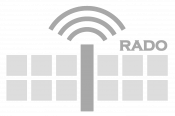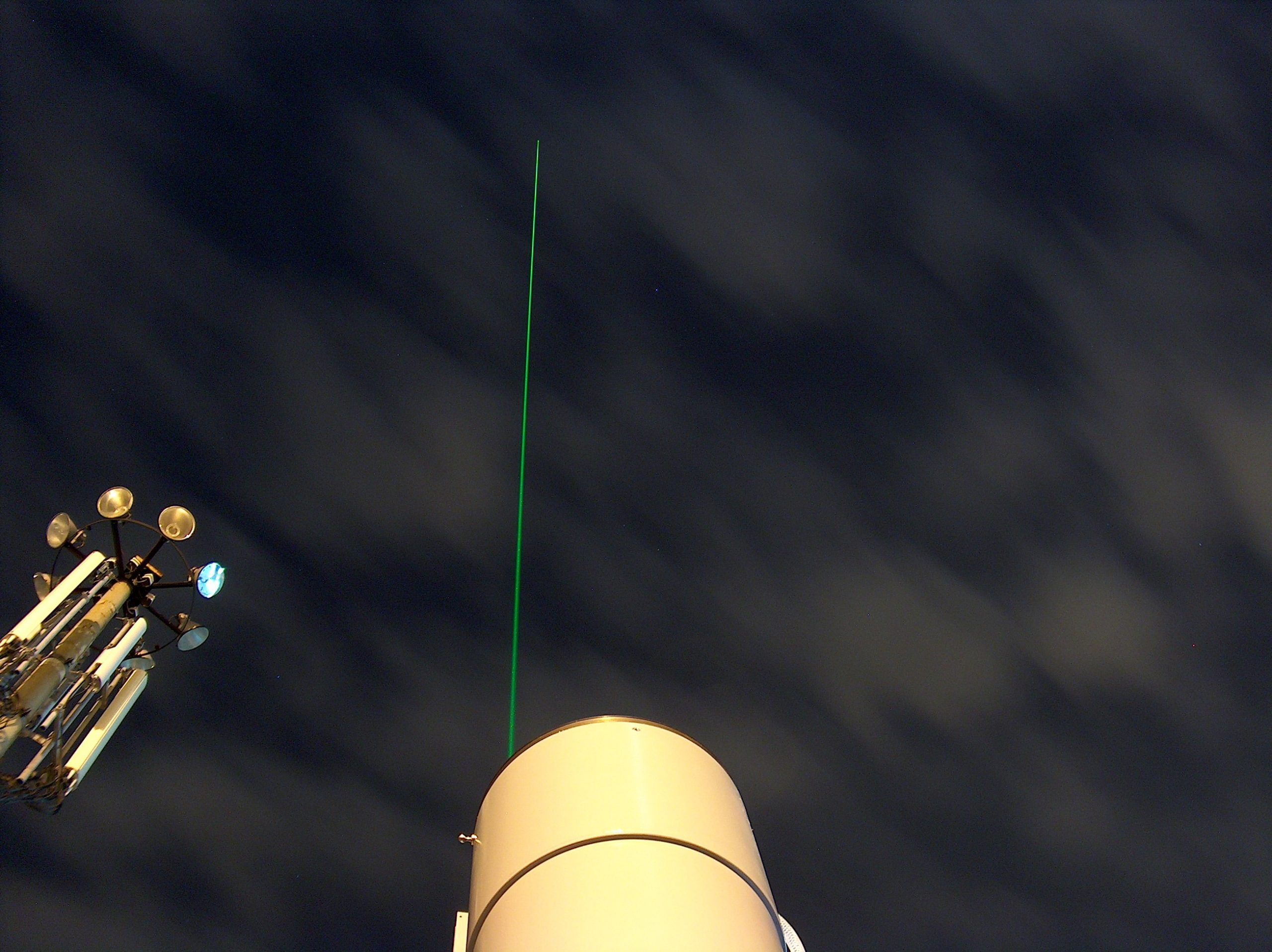Romanian Atmospheric Observatory
At the surface, aerosol composition and concentration are monitored with a suite of high-precision instruments, including a chemical speciation monitor, an Aethalometer for black carbon analysis, a condensation particle counter, and mobility and aerodynamic particle sizers. A bioaerosol detector installed on the outdoor platform allows the characterization of biological particles. These observations reveal strong diurnal and seasonal trends, influenced by human activity and meteorological conditions.
For cloud and precipitation monitoring, the instrumentation includes a radar for cloud structure profiling (operating at 35 or 94 GHz, depending on observation needs), a scanning Doppler lidar for wind retrievals, a microwave radiometer for vertical temperature and humidity profiles, and a ceilometer for cloud base detection. A disdrometer provides real-time information on precipitation type and droplet size distribution, supporting the classification of rain, snow, and mixed-phase events.
Measurements of trace and greenhouse gases, including nitrogen dioxide, ozone, carbon dioxide, carbon monoxide, and methane, are obtained through a combination of remote sensing and in situ techniques. A solar-viewing spectrometer and a Fourier-transform infrared (FTIR) system provide total column concentrations, while a gas analyzer offers continuous surface-level measurements. These datasets are crucial for understanding local and regional air composition and validating satellite retrievals. Together, these integrated observational capabilities provide a high-resolution picture of atmospheric processes over southeastern Europe and contribute to ongoing efforts in air quality research, climate studies, and satellite data validation.

